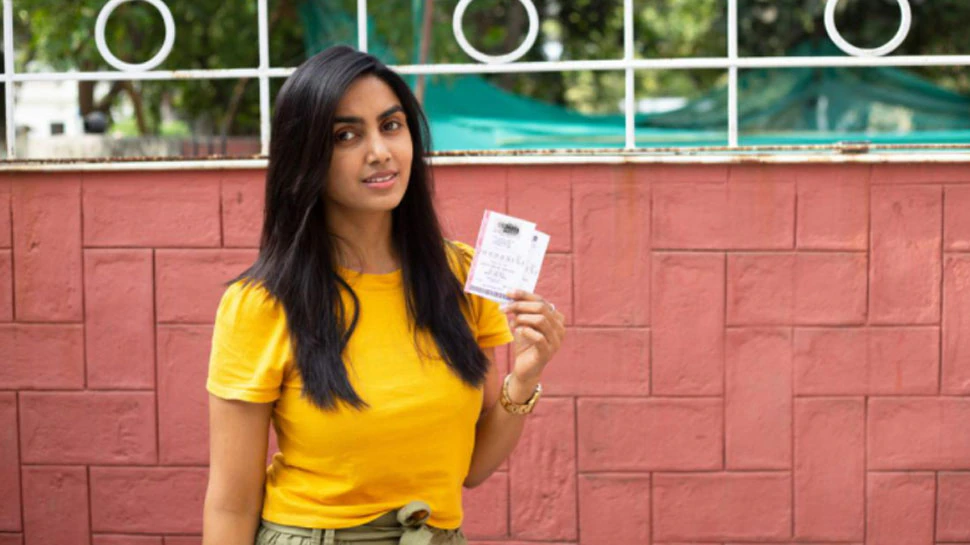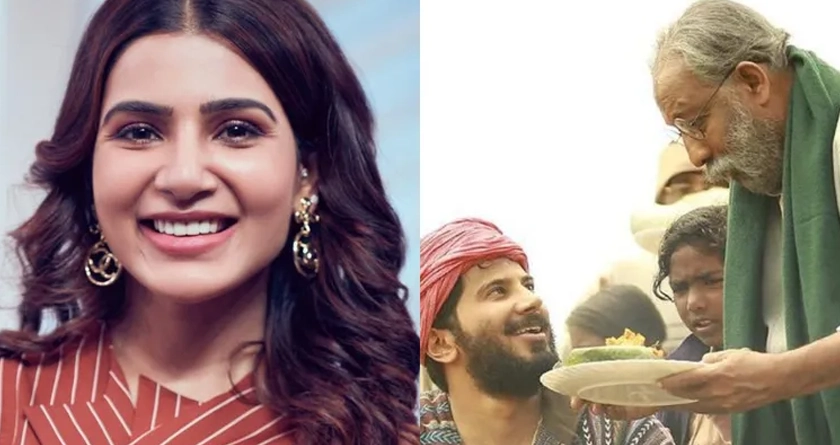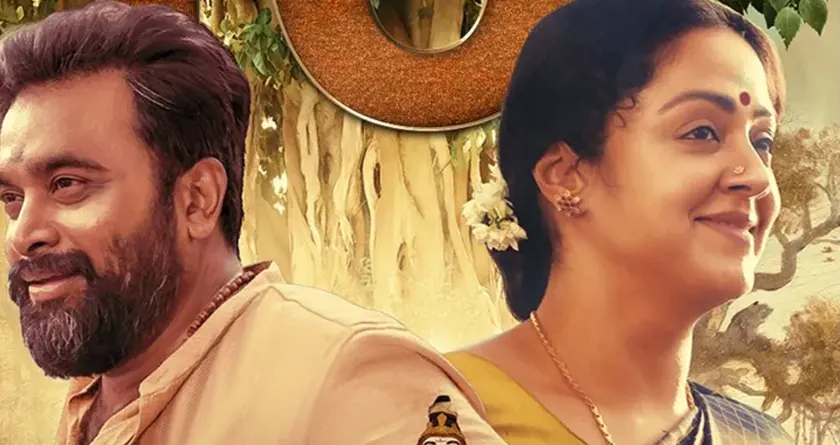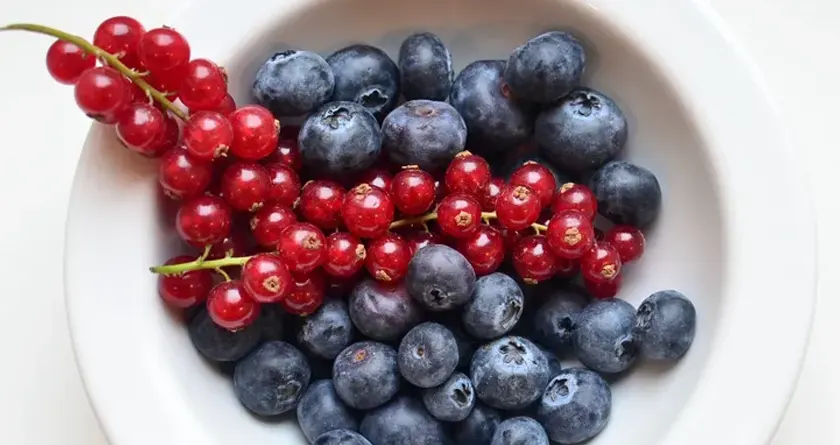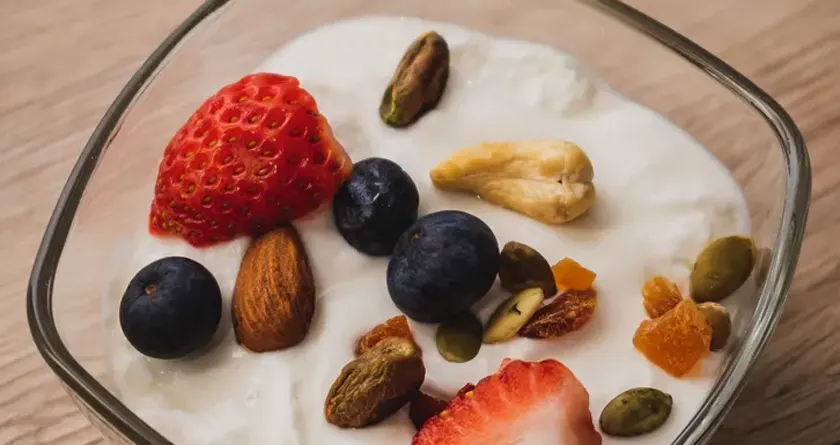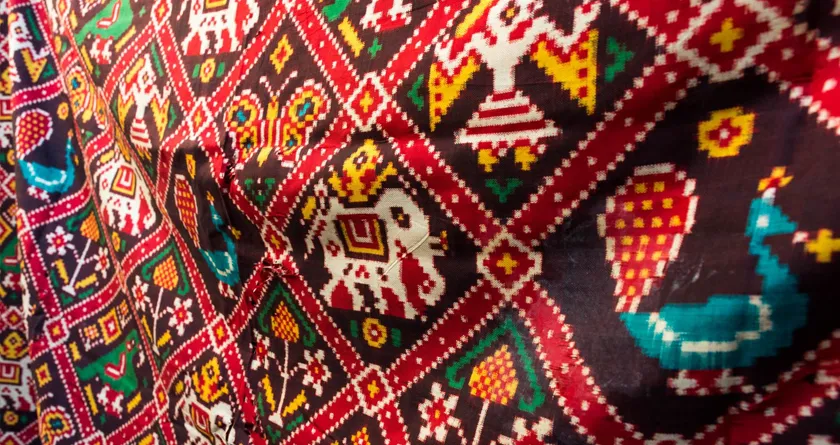
The Tale of the Patola
All you need to learn about the Patola craft of Patan…Get the details…
Wednesday, 21st April 2021
The royal and lavish antiquity of the Patola Sarees can be traced back to ‘Patan’, a place in the vivacious Western Indian state of Gujarat. Patola saree constitutes the heart of Gujarati art, craft & textiles. Therefore, it’s no wonder that many Gujarati folk songs have been composed on the theme of the Patola craft. In one of the songs there’s a line in local language that reads... “Chelaji re, mare hatu Patan thi Patola mongha lavjo.” The meaning is: My dear, please bring for me the exquisite Patola from Patan!
The town of Patan where the craft of Patola has originated is located at the distance of 125kms from the renowned city of Ahmadabad. Patan also has a historical importance as it houses the famed Rani-ki-vav, a distinct step-well built by the Queen of King Bhimdeva I of the Solanki Dynasty as a memorial to pay tribute to her husband. ‘Rani-ki-vav’ is now a World Heritage Site recognized by UNESCO.
Nearly 900 years back in around 1143 A.D as many as 700 weavers belonging to Karnataka’s Salvi Caste were brought to his court by the then ruler of the Solanki dynasty, King Kumarpal. At that time, Patan used to be the capital of the king’s kingdom. These weavers were adept in the art of patola weaving and could come up with really intricate and finest masterpieces that, with time, came to become a tradition of Gujarat. It is said that Solanki King Kumarpal loved the patola weaving craft and made sure to flaunt attires made of patola in all auspicious occasion. His love for Patola urged him to transport the craftsmen all the way from Karnataka to Gujarat. Eventually Patan turned out to be the birthplace of Patola while the actual roots of the craft disappeared into oblivion.
During the rule of Kumarpal Patola became outstandingly popular and that popularity did not decline even after the fall of the Solankis. In fact, the royals as well as the aristocrats living in Gujarat made sure they had enough of Patolas in their closet. In the later years, when trading in India was at its peak, Patolas were even exported to foreign lands such as Thailand, Malaysia and Indonesia. That contributed to the global fame of this particular weaving craft. Even till date Patola remains a heart-throb of many and continues to amaze generations after generations.
The skills of Patola craft, as per traditions, passes from one family member to another and anyone outside the family or community cannot request for learning the art. Patola sarees are a kind of heirloom. In Gujarat, women of aristocratic households were gifted these sarees during their wedding as a symbol of Streedhan and were expected to give it away to their daughter at the time of the daughter’s wedding. The common designs we get to see on the Patola sarees include shikhar or square, kalash or pitcher, peacock, elephant, parrot, and humans all denote good luck and security for women.
In the modern only about 2 to 3 weaver families from the communities of the Sonis and Salvis practice this craft.
Traditionally pure silk threads and double Ikat style weaves were used to make these patola sarees.
The News Talkie Bureau
Source:
ESamskriti



